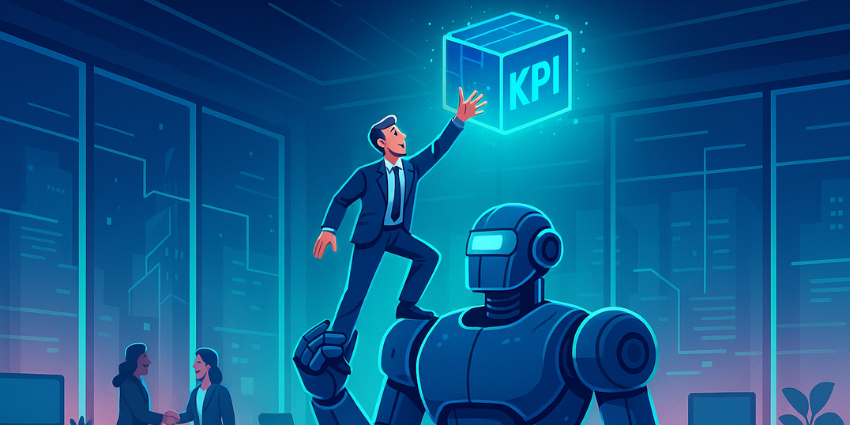Ask any sales manager what holds their team back and you’ll hear the same complaint: too much admin, not enough selling.
Sales reps spend 70% of their time on nonselling tasks, according to a 2024 report from Salesforce. This includes time-intensive manual work like data entry, internal meetings, and admin.
For sales leaders weighing up how humans can focus on discovery, relationships, and negotiation – the case for sales automation is clear.
What is sales automation (and why now)?
CX Today defines this technology as solutions to assist and automate sales tasks, admin, and workflows.
Sometimes referred to Sales Force Automation (SFA), this software looks to maximise efficiency while keeping manual efforts to a minimum.
The impact of this can be huge. Gartner predicts AI-powered SFA could cut meeting preparation time by 50% within two years.
Where automation reduces repetitive workload
- Automatic data capture and CRM hygiene
Manual logging is a morale killer – and can lead to human error lowering data quality.
Contemporary SFA systems auto-capture emails, meetings, call notes to ensure that all relevant data is present. It can then enrich these contacts automatically, so sales reps aren’t spending all day copying fields between systems.
The payoff isn’t just time saved; it’s more reliable pipeline data for managers and finance. This means sales reps can spend more time selling, while creating a clean paper trail for the rest of the team to build upon.
- Smarter lead and account prioritisation
If everything is a priority, nothing is. Predictive models rank accounts by likelihood to convert based on engagement signals and historical patterns.
With this automation-created intelligence, sales reps know their next best action without having to think about.
When prioritisation is automated, teams spend less time guessing and more time dedicated to where it will make the most difference.
Beyond just the sales rep, this process will also help managers to distribute sales meetings in the fairest way. This will help boost morale and give each rep a consistent chance to earn their commission bonus.
- Guided outreach and content automation
Sequencing tools can now generate drafts, personalise at scale, and schedule multi-step cadences – allowing sales reps to make a good first impression and beyond.
With AI refining tone, subject lines, and message length for each persona, the humans don’t have to deal with a repetitive copy-and-paste grind. This creates more engaging content and leaves more time for the humans to seal the deal in conversations.
This can be an especially powerful tool for new members of a sales team. It enables them to skip the tedious onboarding process and immediately start creating brand-safe messaging.
Helping people do the work only people can do
With SFA at their side, sales leaders and decision makers in the buying committee can expect to see 3 key rewards from their purchase:
- Time reallocation: With automation capturing activity and drafting first drafts, teams can claw back hours for customer work.
- Higher conversion rates: Account/lead scoring puts energy on high-yield targets while AI-assisted cadences lift reply rates without manual rewriting.
- Cleaner data: Automated hygiene improves forecast quality and reduces last-minute admin, giving managers more bandwidth for training.
By stripping out repetitive steps from the sales workflow, automation can surface what matters most.
The salesperson of the future will have the bandwidth to build trust, shape deals, and close business without having to worry about repetitive manual tasks.
To find out more about how your sales team can stay ahead in a competitive landscape, read CX Today’s Ultimate Guide to Sales & Marketing Technology.







